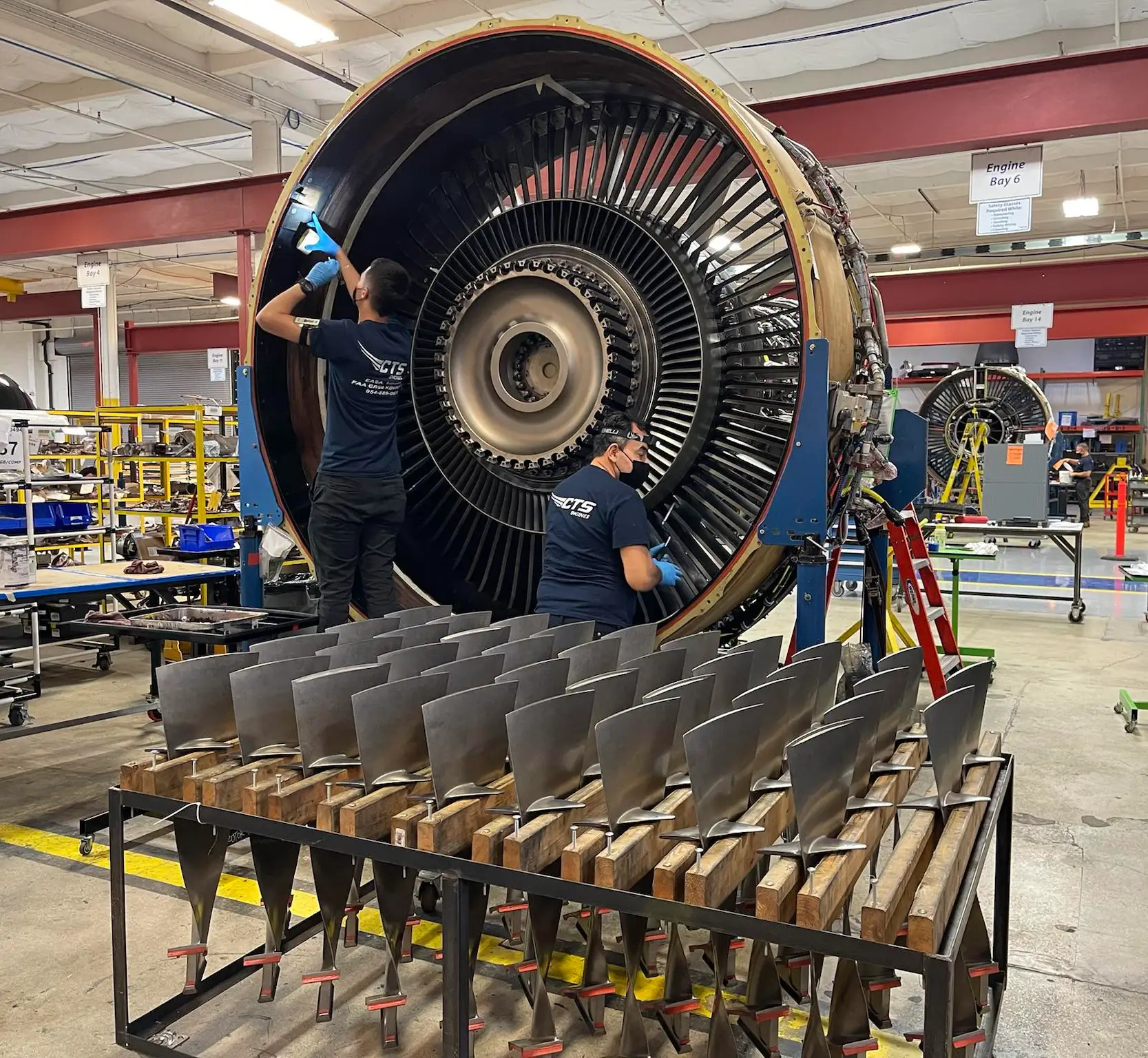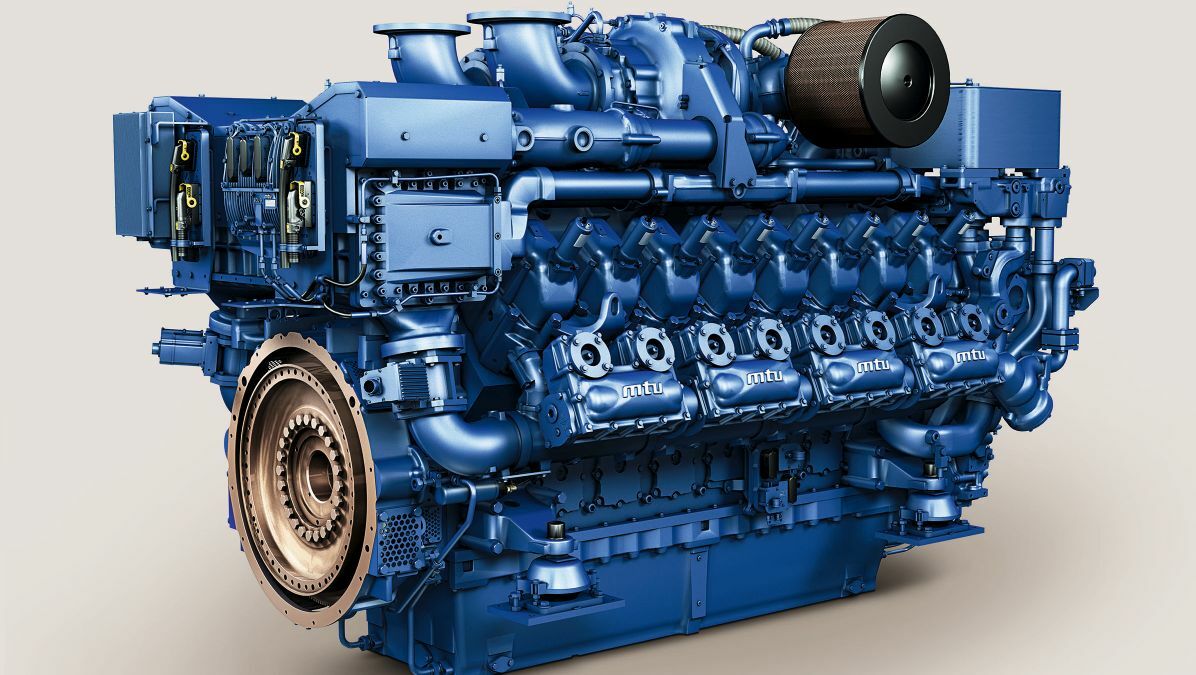Engines for Africa Available Now! Check Out Our Relied On Automobile Components Store
The Pursuit for Ultimate Driving Power: Exploring the Pinnacle of Engine Efficiency and Technological Advancements in the Automotive Sector
In the realm of automobile engineering, the pursuit of maximum driving power has been an unrelenting pursuit that has actually unravelled with the evolution of engine style and the combination of innovative innovations. From the precise workmanship of combustion engines to the fast advancements in electric propulsion systems, the automobile sector stands at the cusp of a new period characterized by unmatched efficiency capabilities. As engineers and researchers dig deeper into the worlds of computational fluid dynamics and discover innovative fuel technologies, the perspective of possibilities broadens exponentially. Stay tuned as we unravel the complex tapestry of technological developments that are forming the future of automotive power and performance.
Development of Engine Design

Furthermore, the integration of turbocharging and supercharging technologies has actually changed engine layout by enhancing power without considerably increasing engine size. These forced induction systems compress the intake air, enabling even more fuel to be combusted, consequently generating better power outcome from a smaller sized engine. This innovation has been specifically vital in boosting the performance of smaller sized variation engines while keeping fuel performance requirements.

Performance-Enhancing Fuel Technologies
The application of innovative fuel modern technologies has dramatically added to improving engine efficiency in modern-day cars. From conventional gas and diesel to cutting-edge biofuels, synthetic fuels, and hydrogen, the vehicle field is seeing a revolution in gas choices. Biofuels, stemmed from sustainable sources like corn, sugarcane, or algae, deal enhanced and reduced exhausts engine effectiveness. Synthetic fuels, produced through chemical procedures, give high octane ratings, improving power result. Hydrogen gas cells, although still in the onset of fostering, reveal wonderful assurance as a result of their zero-emission nature and potential for high performance. Additionally, gas ingredients and cleaning agents are being created to clean engine components, enhance burning, and lower friction, consequently enhancing overall car performance. With continuous r & d, the mission for the best driving power proceeds, as designers make every effort to unlock the complete capacity of performance-enhancing fuel modern technologies in the automotive industry.
Innovations in Electric Propulsion
Significant strides in electrical propulsion modern technology have transformed the vehicle sector, paving the method for a brand-new period of lasting and reliable transport. Electric automobiles (EVs) are gaining appeal due to their ecological advantages and advancements in battery technology, see post allowing longer driving ranges and shorter charging times. Makers are investing greatly in r & d to boost the efficiency of electric propulsion systems, concentrating on raising power result, boosting energy efficiency, and minimizing general weight.
One notable innovation in electric propulsion is the advancement Learn More Here of innovative electrical motors that deliver higher torque and power density, leading to enhanced acceleration and general driving performance. Additionally, regenerative stopping systems have been fine-tuned to record and keep energy during slowdown, more increasing the performance of EVs.
Additionally, the assimilation of smart innovations, such as artificial intelligence and anticipating analytics, is optimizing the management of electric propulsion systems, making sure optimal performance under numerous driving conditions. These improvements in electrical propulsion are reshaping the automotive landscape, driving the sector towards a much more lasting and electrified future.
Influence of Computational Fluid Characteristics
With innovations in electric propulsion pushing the boundaries of auto innovation, the integration of Computational Liquid Characteristics is playing a crucial duty in enhancing aerodynamic performance and enhancing total effectiveness in car layout. Computational Liquid Dynamics (CFD) includes making use of computer system simulations to analyze the flow of air around an automobile, making it possible for engineers to forecast how layout adjustments will certainly impact the rules of aerodynamics without the demand for expensive physical prototypes. By properly modeling air movement patterns, CFD enables the refinement of automobile shapes to reduce drag, boost air conditioning, and boost security.
One key advantage of making use of CFD in vehicle layout is the ability to iterate swiftly, checking out various layout variants to identify the most aerodynamically reliable options. This repetitive procedure causes cars that are not just sleeker and more aesthetically attractive yet likewise much more eco friendly and fuel-efficient. Furthermore, CFD enables designers to optimize airflow around components such as radiators, engine bays, and wheel wells, adding to improved performance and general driving experience. To conclude, the combination of Computational Fluid Characteristics stands for a considerable progression in the pursuit for best driving power and effectiveness in the automobile industry.
Future Patterns in Engine Development
In the dynamic landscape of automobile design, innovative improvements are forming the future trajectory of engine advancement. The future of engine design is noted by a strong visite site emphasis on efficiency, performance, and sustainability. Manufacturers are progressively concentrating on developing engines that not just deliver high power results but additionally prioritize ecological duty by reducing discharges and boosting fuel performance.
One famous trend in engine advancement is the surge of electrification. Hybrid and electric powertrains are getting grip as feasible alternatives to standard burning engines. These technologies provide the possibility for substantial reductions in carbon exhausts and enhanced energy performance, straightening with global initiatives to deal with environment change.
In addition, advancements in products science and manufacturing methods are making it possible for the manufacturing of lighter and more resilient engine elements. This change in the direction of lightweight products such as carbon fiber and light weight aluminum alloys adds to boosted efficiency and gas economy.
Conclusion
To conclude, the quest of utmost driving power in the vehicle market remains to drive innovations in engine layout, gas modern technologies, electrical propulsion, and computational liquid dynamics. The evolution of these technologies is forming the future of engine advancement, leading the way for more efficient and effective cars (engines for africa). As the industry remains to press the borders of what is possible, we can anticipate to see even more groundbreaking developments in the pursuit for peak efficiency
One of the essential landmarks in engine layout development is the shift from conventional carbureted engines to modern-day fuel-injected systems. By precisely metering the fuel distribution to each cylinder, fuel-injected engines enhance combustion, resulting in far better efficiency and decreased environmental effect.
In addition, the combination of turbocharging and supercharging modern technologies has revolutionized engine layout by enhancing power without significantly boosting engine size (engines for africa).The execution of sophisticated gas innovations has considerably contributed to improving engine performance in contemporary vehicles. Furthermore, gas additives and cleaning agents are being developed to tidy engine components, maximize combustion, and minimize friction, therefore increasing total car efficiency